An uneven floor transition strip is a type of flooring strip that is installed at an angle to help transition between two surfaces, such as tile and carpet. The strip is typically installed along the edge of a room.
But it can also be installed along a wall or between two rooms. Here, we will dive deep into the world of floor transition strips and explore various solutions to handle those pesky uneven ones.
We will start by understanding the problem with uneven floor transition strips and then explore different types of transition strips along with their pros and cons. We will also provide DIY and professional solutions to fix those uneven strips. Along with a cost analysis to help you make an informed decision.
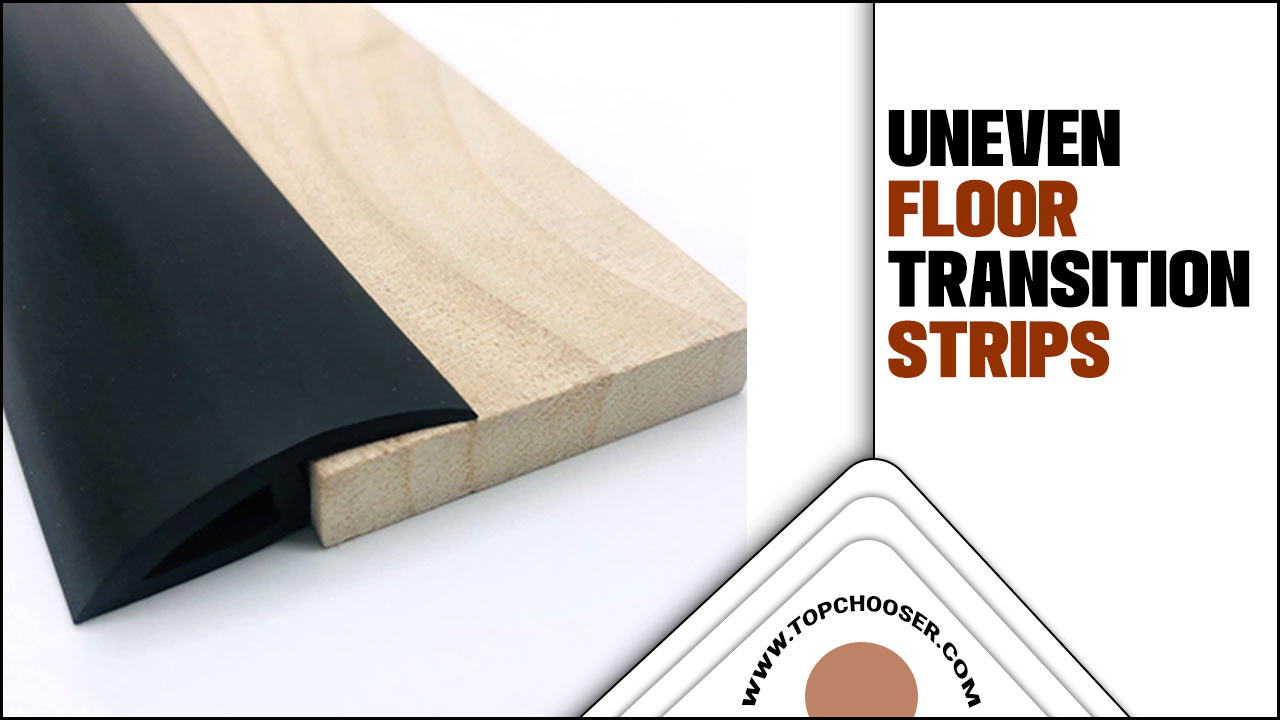
Exploring Solutions For Uneven Floor Transition Strips
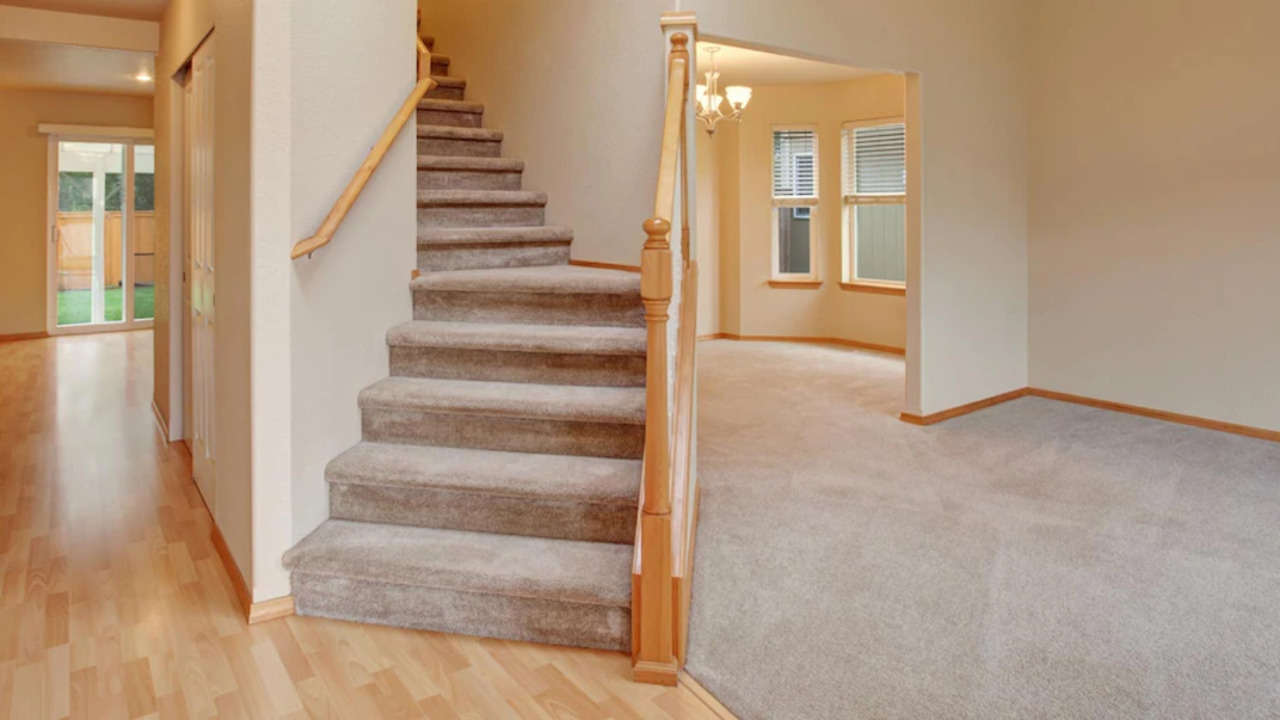
Properly transitioning between different types of flooring is essential to achieve a seamless and aesthetically pleasing look in your home. Uneven floor transition strips can present challenges, including tripping hazards and an unappealing appearance.
Fortunately, there are several solutions available to address these issues. Transition moldings, such as vinyl or hardwood reducers, can help smooth transitions between floors of different heights. Leveling compounds can even out the floor surface before installing new flooring.
Another option is hiring a professional contractor to ensure a safe and flawless transition. If you prefer a DIY approach, measure accurately and follow proper installation techniques for floor transition strips. By understanding the different solutions available, you can find the best method to handle uneven floor transitions and create a cohesive look throughout your living space.
Understanding The Problem With Floor Transition Strips
Floor transition strips can be a frustrating problem for many homeowners. These strips are designed to provide a smooth and seamless transition between different types of flooring. But when they are not properly installed or adjusted. They can create an uneven surface that is both unsightly and unsafe.
Uneven floor transitions can cause tripping hazards and premature wear and tear on the flooring materials. If you are experiencing issues with floor transition strips. It is important to address the problem as soon as possible.
This may involve adjusting the height of the transition strip and replacing it. It with a more appropriate option, or even potentially levelling the subfloor to create a more even surface.
Types Of Transition Strips: Pros And Cons
When transitioning between different types of flooring. There are several types of transition strips to choose from, each with its pros and cons. T-Moulding is commonly used for seamless transitions between hardwood and tile floors, providing a clean and cohesive look.
However, it may not be suitable for significant height differences. On the other hand, Reducer Strips are ideal for transitioning from higher surfaces like hardwood to lower ones like vinyl or carpet. Creating a smooth and gradual transition.
Threshold Strips are perfect for different flooring materials in adjoining rooms, offering a finished appearance. Carpet Transition Strips secure carpets while creating a smooth transition with other flooring types.
Lastly, Multi-Purpose Transition Strips are versatile options that accommodate various floor height differences and flooring materials. Consider height differences, flooring types, and aesthetic preferences when selecting a transition strip.
DIY Solutions For Floor Transition Strips
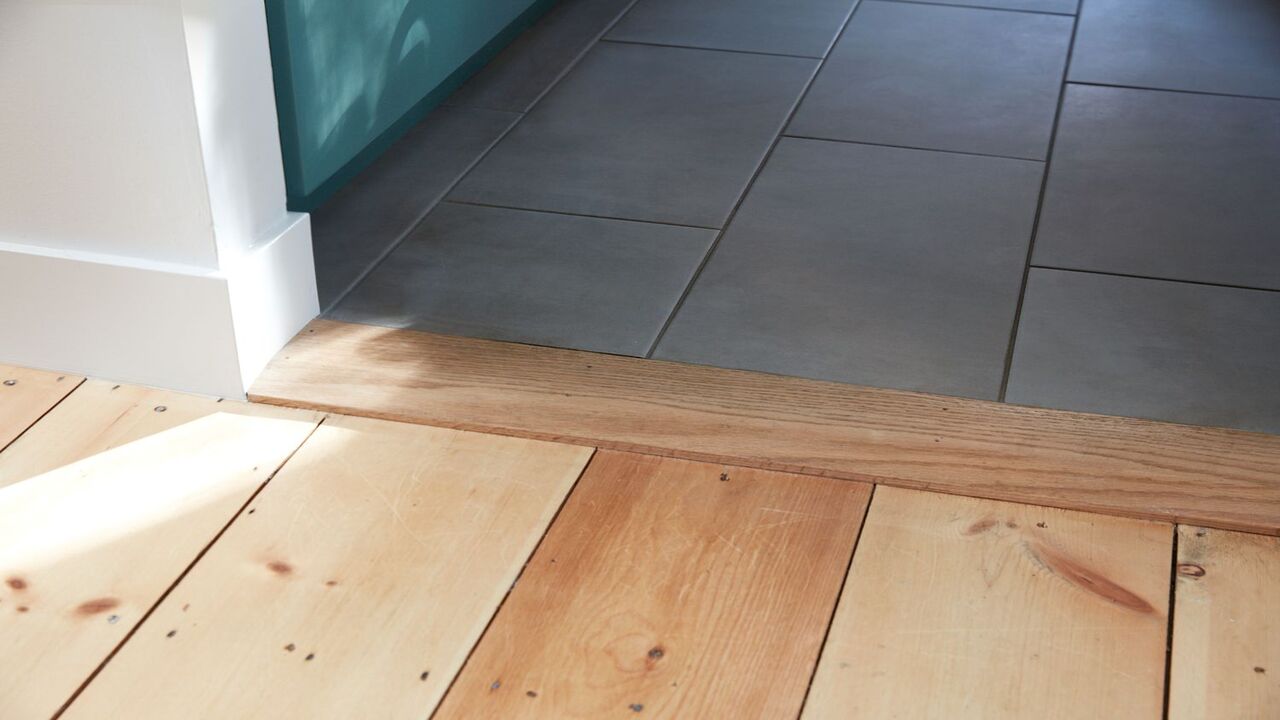
Floor transition strips can present a potential tripping hazard and disrupt the overall appearance of your flooring. One DIY solution to address this issue is to utilize a self-leveling compound. By applying this compound, you can effectively even the height difference between the two flooring surfaces.
Alternatively, you may opt to install an adjustable transition strip that is specifically designed for uneven floors. Another option for minor height disparities is to utilize a transition strip with a tapered edge.
Which creates a seamless and smooth transition. Before selecting a solution. It is essential to carefully measure and assess the height difference between the floors to ensure a proper fit.
Professional Solutions For Uneven Transition Strips
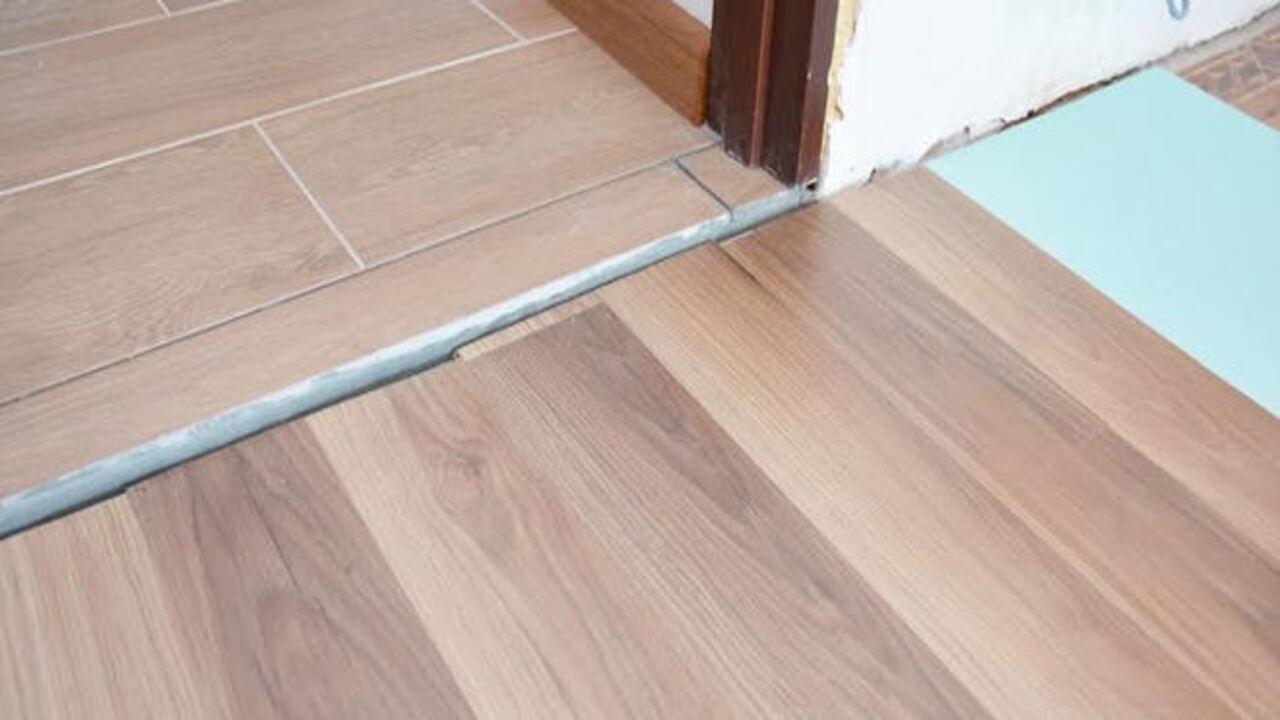
Floor transition strips can be a potential tripping hazard and can negatively impact the overall appearance of your flooring. To address this issue, there are professional solutions available.
One option is to utilize transition mouldings, such as T-molding or reducer strips, to create a seamless and smooth transition between different flooring materials. Another solution involves levelling the floor using self-levelling compounds or floor levelling systems. Providing a more even surface for the transition strip.
A professional installer or contractor with expertise in flooring transitions ensures to do the job efficiently and accurately if you hire them. It is important to carefully consider the specific needs of your flooring and the extent of the unevenness when choosing the appropriate solution.
Cost Analysis: DIY Vs Professional Solutions
When dealing with uneven floor transitions, you may wonder whether it’s better to tackle the project yourself or hire a professional. There are a few factors to consider when making this decision. First, take into account your level of experience and skill in DIY projects.
If you’re confident in your abilities and have successfully completed similar projects, you may feel comfortable taking on the task yourself. However, if you’re unsure or have little experience with flooring projects, it may be wise to enlist the help of a professional. They will have the expertise and tools needed to ensure a seamless transition and can save you time and frustration in the long run.
Additionally, consider the cost implications. While DIY solutions may seem more budget-friendly upfront, there is a risk of mistakes that could lead to additional expenses down the line.
On the other hand, hiring a professional may come with a higher price tag but can provide peace of mind knowing that the job will be done correctly. Ultimately, weigh your skills, budget, and desired outcome before deciding whether to tackle floor transition strips or seek professional assistance.
Preventing Floor Transition Strips: Maintenance Tips
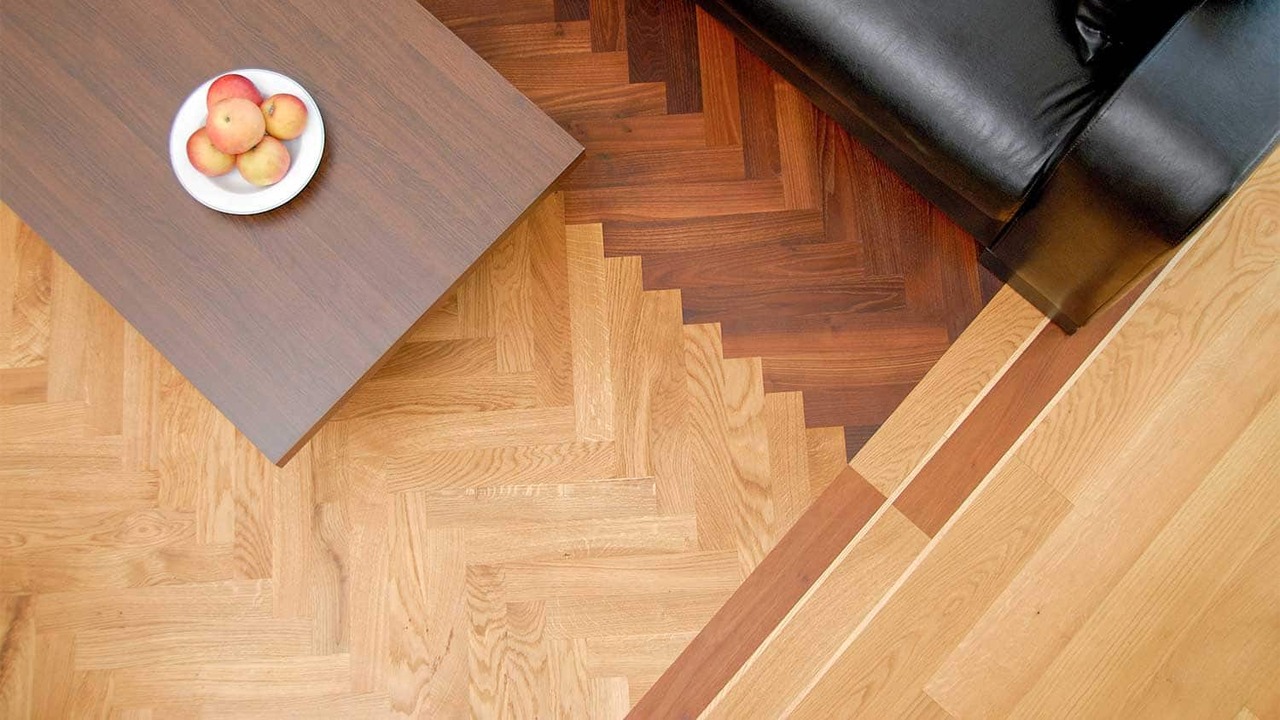
Preventing floor transition strips is essential for maintaining a smooth and safe transition between different types of flooring. Uneven transitions can pose a tripping hazard and lead to premature wear and tear on the transition strips.
To prevent this, it is important to ensure the subfloor is level before installing the transition strips. This may require levelling the subfloor with a self-levelling compound or making necessary adjustments to the floor’s structure. Additionally, choosing transition strips that are flexible or adjustable can help accommodate any slight variations in height between the flooring materials.
Regular maintenance, such as checking for loose or damaged transition strips and repairing them promptly, can also help prevent unevenness over time. By taking these preventive measures, you can ensure a seamless and safe transition between different flooring surfaces in your home or commercial space.
Considerations For Choosing The Right Solution
When it comes to floor transition strips, there are several considerations to remember to choose the right solution for your needs. First and foremost, you’ll want to assess the severity of the unevenness in your flooring. A simple transition strip may be sufficient if the height difference is minimal.
However, if the unevenness is more pronounced, you may need to consider using levelling compounds or self-levelling underlayment to create a smooth surface. Additionally, consider the type of flooring materials you are transitioning between, as different materials may require different types of transition strips.
Lastly, consider the aesthetic aspect and choose a transition strip that complements your overall design scheme. By carefully considering these factors, you can ensure that your floor transitions not only serve their functional purpose but also enhance the visual appeal of your space.
Conclusion
Uneven floor transition strips are an important element of any flooring installation, ensuring an even and smooth transition between flooring surfaces of different heights or styles. They provide a secure and stable connection between two surfaces, creating a safe, attractive finish look.
Dealing with floor transition strips can be a challenging task. However, various solutions are available to help you level up your flooring and create a smooth and seamless transition between different surfaces.
Whether you tackle the issue yourself or hire a professional, it’s important to consider cost, time, and long-term maintenance factors. By addressing this problem, you can enhance the safety and aesthetics of your space.
Frequently Asked Questions
[rank_math_rich_snippet id=”s-a24e465c-3bdd-4f24-8f45-dce07f5f12a3″]

I am passionate about home engineering. I specialize in designing, installing, and maintaining heating, ventilation, and air conditioning systems. My goal is to help people stay comfortable in their homes all year long.
